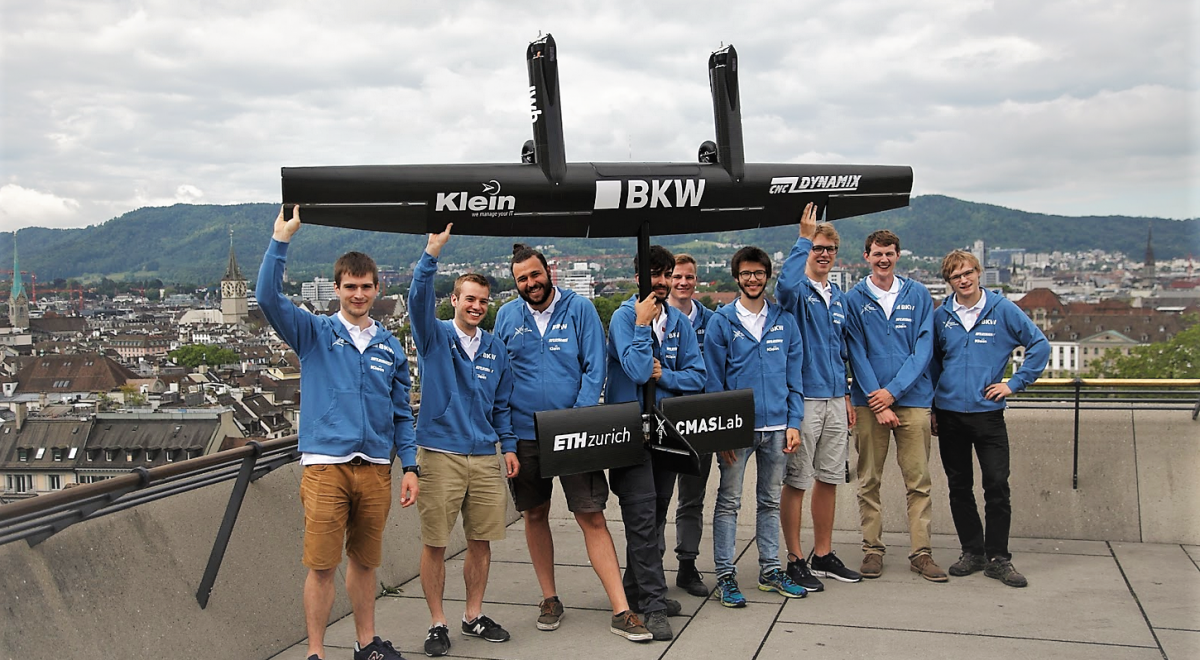Ftero – New ways to use wind power
Last year, Swiss voters approved the Energy Strategy 2050, paving the way for the increased promotion of renewable energy. To be able to meet the constantly rising demand in electrical energy sustainably, innovative solutions are required. For this purpose, the project ftero at ETH Zurich is developing an Airborne Wind Energy System. Using an unmanned aircraft that is tethered to the ground, the system can capture wind energy and turn it into electricity with an efficiency that surpasses conventional wind turbines. The aircraft is carried by the wind like a kite, while a generator on the ground creates electricity by slowly unwinding the tether that connects the two. During nine months, the ftero team comprised of ten bachelor students went through all the steps of product development, from the idea to the finished product. Former Projekt Neptun supporter Manuel Galliker is currently working on the last steps if the second iteration of the ftero project.
Manuel, the concept of Airborne Wind Energy Systems (AWE) is still very young and no single approach has become established yet. Are you proud to be part of such a ground-breaking project?
Airborne Wind Energy Systems have only been made possible in the last few years by the development of light, affordable sensors, and computer guided autopilots. Such a system has to work without any human interaction to be economically viable. Additionally, this technically complex system has to function reliably over a long period of time with as little maintenance work as possible. Security as another important factor as well, of course. I am happy to have the opportunity to work in such a large project and to take responsibility in product development in a small team.
What is the main goal of you project?
Our main goal was to show that our approach is a viable strategy to produce energy. This included the development of a working system, from the idea to an optimized prototype in which the autonomous control of the aircraft works in tandem with the roll out control of the generator. Another goal was to launch and land the aircraft vertically in order to be able to operate independently of the respective terrain and runway. We have not been able to implement our second goal yet.
Which was your role and what were your responsibilities in your team over the last few months?
At the beginning of the project it was my responsibility to optimize an aircraft wing for the use in AWE. Afterwards, I developed concepts for the feedback control systems and I was responsible for the electronics, sensors, and the propulsion system of the aircraft, from the development to the assembly. Additionally, I worked in public and external relations.
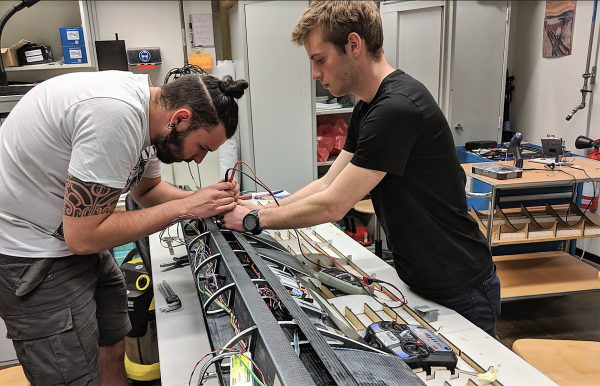
What are the advantages of an AWE system compared to traditional wind turbines?
AWE systems use tethers with easily adjustable lengths which allows for the operation in higher altitudes where the wind blows stronger and more consistently. Together with better wing utilization, AWE systems can thus work much more efficiently than conventional wind turbines. In addition, AWE systems are more compact and need less infrastructure on the ground, allowing for the transport on a single truck or trailer.
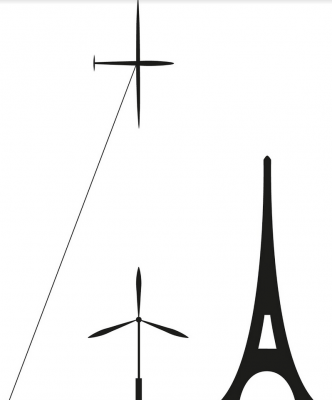
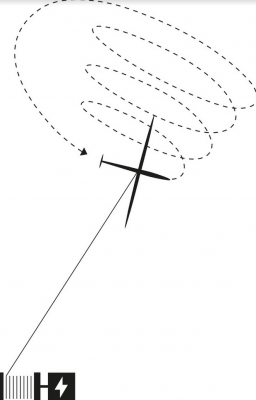
What have you learned personally in this project?
It was a very valuable experience to work intensively on a project in a small, self-organized team. I was able to practically apply and expand the theoretical knowledge from my studies at ETH. Additionally, I learned a lot about teamwork and the organization of projects.
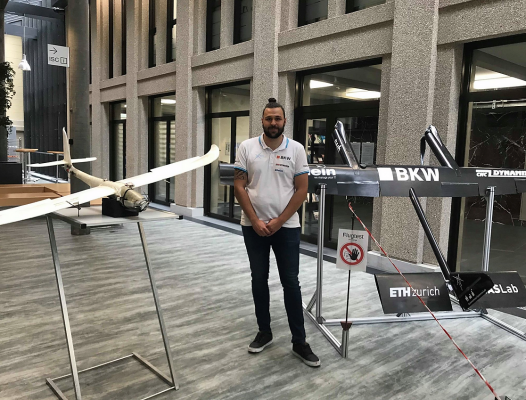
What are your next steps in ftero and what are the goals of the next team?
An important next step would be to combine the different flight phases in order to enable the autonomous function of the system from start to landing. For next year, there is a plan to develop a morphing wing. This wing can adjust itself automatically to different wind speeds and flight situations to improve efficiency or to carry out control commands. The specific goals and the development steps are of course up to the new team.
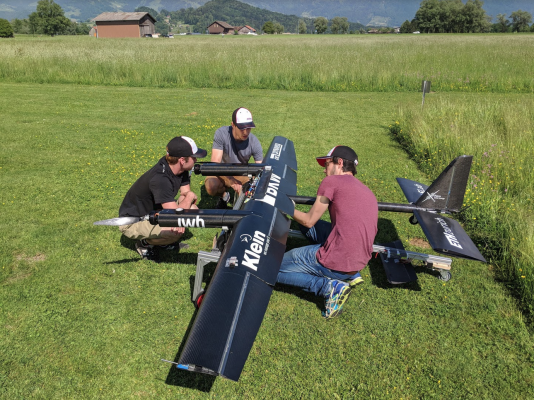
Stelle frei!
Wir suchen eine:n Werkstudent:in als stv. Supportkoordinator:in (50-60%). Mehr Details zur Stelle findest du hier. Bewirb dich jetzt oder teile die Stellenbeschreibung in deinem Bekanntenkreis!
Bestellauskunft
Du kannst den Bestellstatus deines Laptops im Kundenkonto des Vertriebspartners verfolgen. Informationen dazu findest du im FAQ.
Help Point: Bitte buche einen Termin
Unsere Supportmitarbeiter an den Help Points ETHZ, Bern vonRoll, UNIBAS und UNILU sind für dich da. Wenn du technische Unterstützung brauchst, kontaktiere uns via E-Mail, um einen Termin zu vereinbaren.
Stelle frei!
Wir suchen eine:n Werkstudent:in als stv. Supportkoordinator:in (50-60%). Mehr Details zur Stelle findest du hier. Bewirb dich jetzt oder teile die Stellenbeschreibung in deinem Bekanntenkreis!
Bestellauskunft
Du kannst den Bestellstatus deines Laptops im Kundenkonto des Vertriebspartners verfolgen. Informationen dazu findest du im FAQ.
Help Point: Bitte buche einen Termin
Unsere Supportmitarbeiter an den Help Points ETHZ, Bern vonRoll, UNIBAS und UNILU sind für dich da. Wenn du technische Unterstützung brauchst, kontaktiere uns via E-Mail, um einen Termin zu vereinbaren.
